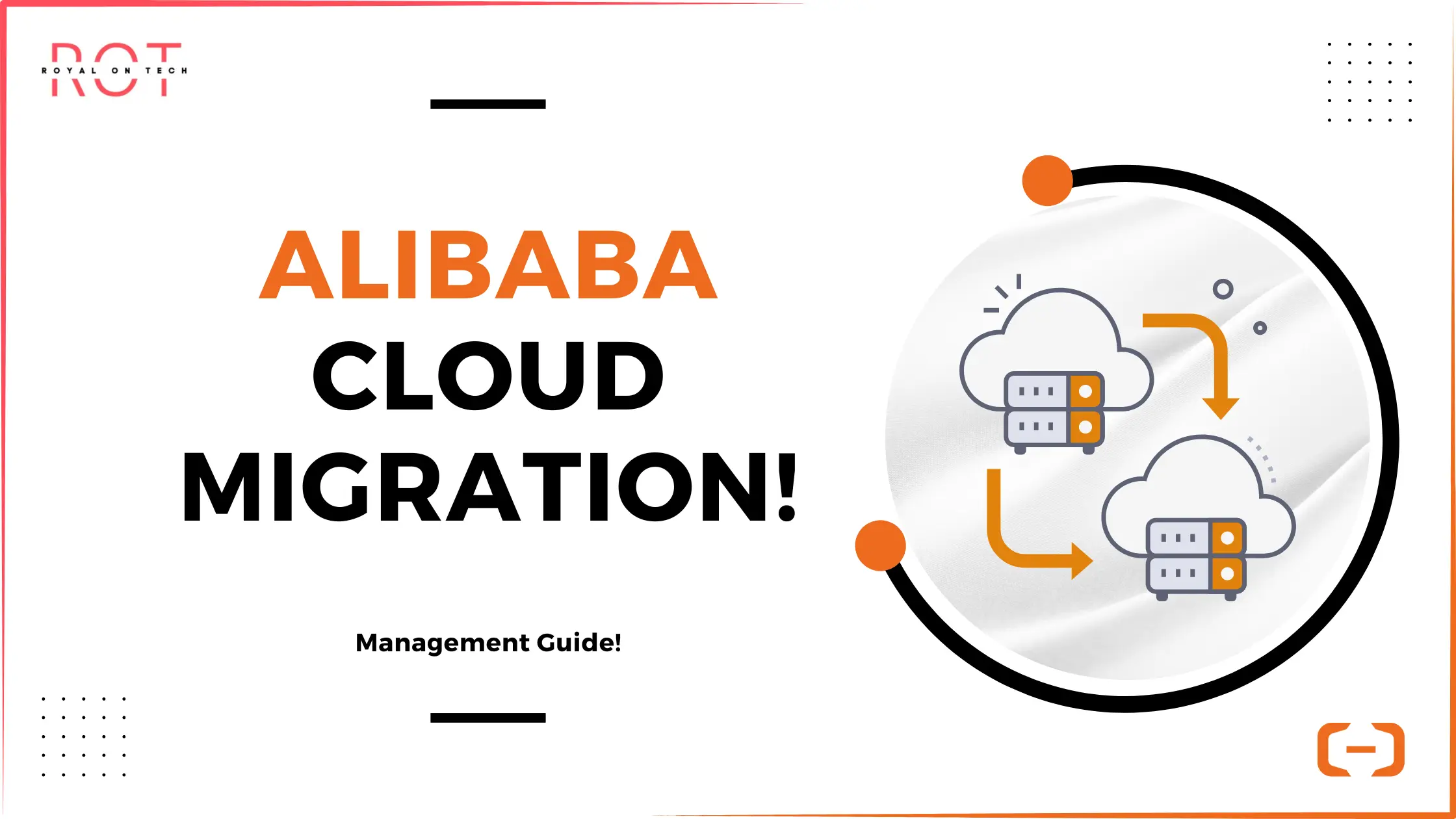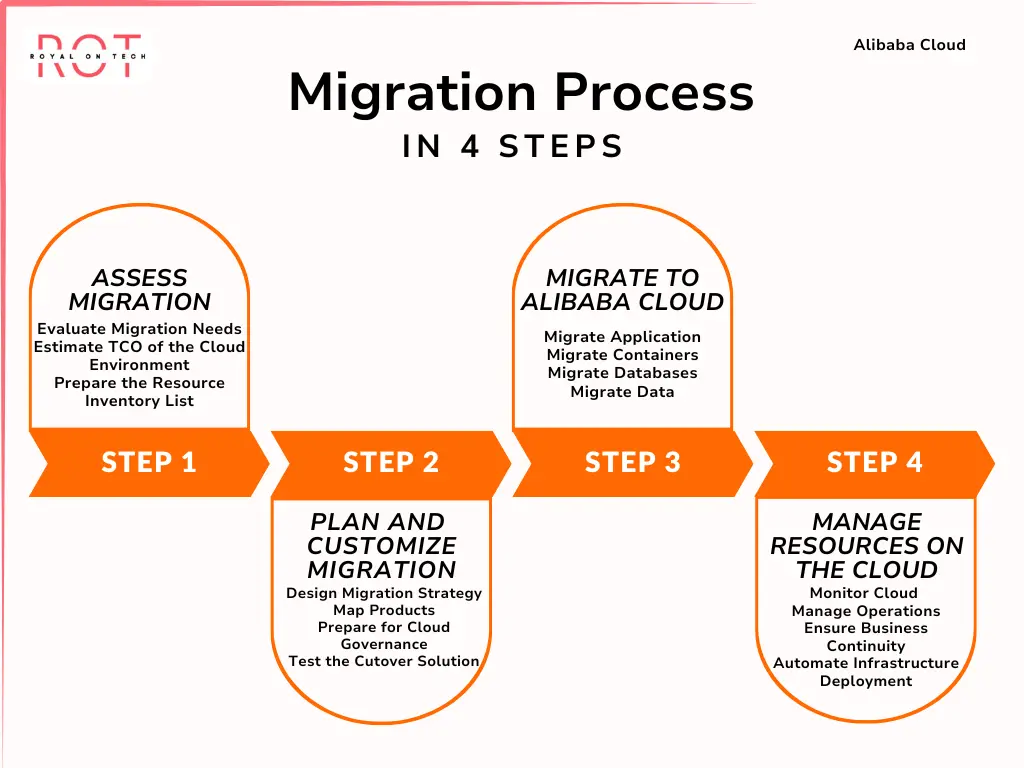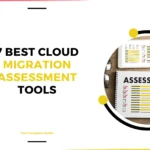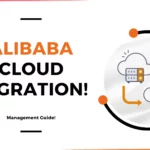For More Info!

Alibaba Cloud Migration and Management Guide
Alibaba Cloud provides comprehensive services to help you assess, plan, and execute your migration journey efficiently, ensuring enhanced security and cost-effective resource management to maintain business continuity.
You can choose to migrate using your own platforms or outsource the process to Alibaba Cloud’s Migration Service or a trusted partner.
Migration Journey to Alibaba Cloud in 4 Steps

Step 1: Assess Migration
- Evaluate Migration Needs: Understand your cloud environment, migration challenges, objectives, tolerance to downtime, and potential risks.
- Estimate TCO: Use Cloud Migration Hub to calculate the Total Cost of Ownership (TCO) of cloud infrastructure and compare it with other vendors.
- Prepare Resource Inventory: Analyze your current resources to forecast cloud infrastructure needs and migration workloads.
Step 2: Plan and Customize Migration
- Design Migration Strategy: Understand Alibaba Cloud’s migration solutions for IT infrastructure, applications, data, and databases.
- Map Products: Align cloud products and services with your business needs to ensure availability, scalability, and performance.
- Prepare for Cloud Governance: Plan IT resources, including landing zone deployment, identity management, and compliance.
- Test Cutover Solution: Validate cutover strategies to ensure smooth migration and address any issues.
Step 3: Migrate to Alibaba Cloud
- Migrate Application Servers: Use Alibaba Cloud Server Migration Center (SMC) or third-party tools for server migration. For agentless migration, use Alibaba Cloud Hybrid Backup Recovery (HBR).
- Migrate Containers: Utilize self-built platforms or Alibaba Cloud tools to migrate containers, data, and applications, ensuring a smooth transition.
- Migrate Databases: Leverage Alibaba Cloud Database Migration for both homogenous and heterogeneous database migrations with minimal business impact.
- Migrate Data: Transfer data from local IDC, NAS servers, or other cloud services to Alibaba Cloud OSS or Apsara File Storage NAS.
Step 4: Manage Resources on the Cloud
- Monitor Cloud Resources: Track resource usage, business health, and application availability with real-time alerts.
- Manage Operations: Centralize O&M permissions, monitor operations, and ensure identity authentication, access control, and audit.
- Ensure Business Continuity: Use secure backup services, disaster recovery, and encryption features to improve business availability.
- Automate Infrastructure Deployment: Implement Infrastructure as Code (IaC) to reduce deployment errors and maintain consistent infrastructure.
By following these steps, you can ensure a smooth, secure, and efficient migration to Alibaba Cloud, tailored to your business needs and goals.




